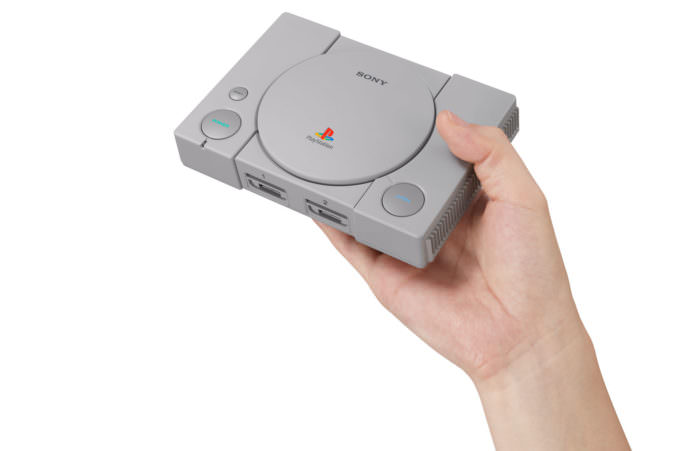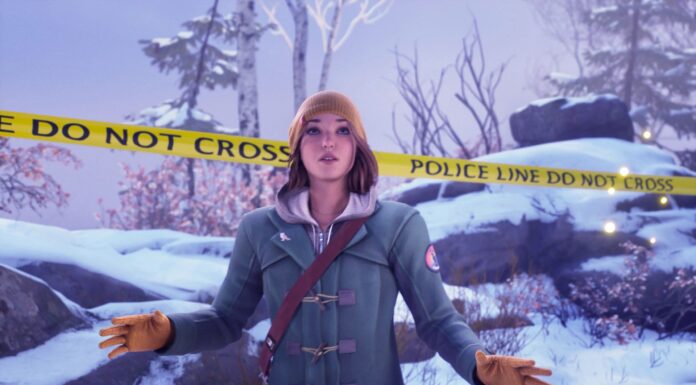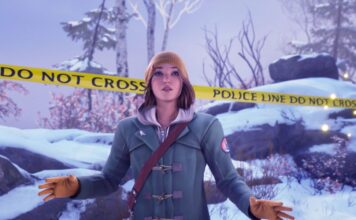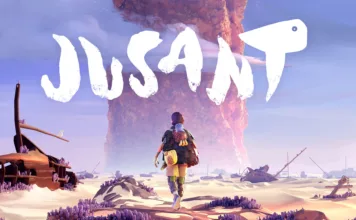[UPDATE] Users can indeed load their own games with a simple crack, a hard-drive and ten minutes of their time… but if one has the technical know/how motivation to do so, why not buy a Raspberry Pi and a Bluetooth controller and save money?
Someone wiser than myself summed it up better than I ever could – never has a product plummeted so hard from its announcement to its launch. From the drip-feed of included games, the ‘pre-loaded’ ambiguity and the PAL debacle, PlayStation Classic arrived to muted fanfare mixed with a chorus of boos.
Not only does the choice of 50Hz PAL in these titles make them a little choppier and less responsive, it also introduces a periodic 50-to-60Hz conversion stutter
Coming ‘pre-loaded’ with 20 games of very mixed esteem, PlayStation Classic rides into homes for Christmas on a sleigh of childhood memories. At around €/$100, the mini console might look like decent value when you see the authentic-style packaging but it has serious issues that start right after those first saudade-inducing intro notes.
Physically Impressive
Short controller cables aside, the unit and its two controllers are to the standard you expect from Sony. The mini console is gorgeous and captures the original unit’s aesthetic perfectly. It’s small enough to take in a rucksack or satchel for a quick game away from home.
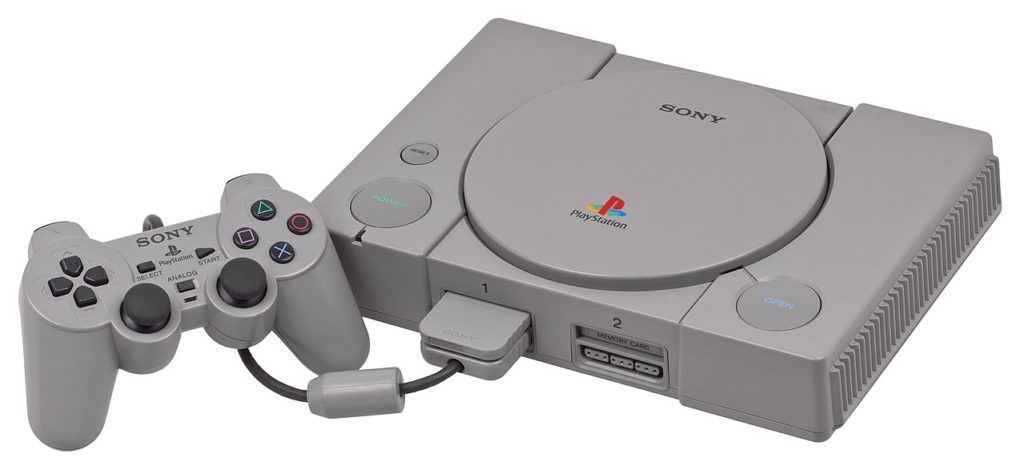
The controllers are based on the stock digital pad. For the look and the nostalgia, the pair are almost-identical to the originals but some of the games would have benefited massively from dual analog or ‘Dual Shock’ pads. The controllers pop into two USB 2.0 ports on the front where the old ports used to be. The plugs themselves mimic the old-style look – amazing. The reach of 1.5 metres (5 feet) is a nuisance – pulling a chair closer to the 43″ televisions of 2018 is the last thing a classic 3D console needs.
A significant slice of the twenty seem like a mix of games that the PlayStation Classic designers felt covered missing genres or were cheap to acquire licenses for
The console buttons are all mapped and functional. ‘Power’ stays in its classic role but is missing the satisfying ‘click’ of yore. ‘Reset’ now returns players to menu. The ‘Open’ button is used to change discs in games like Metal Gear Solid and Final Fantasy VII.
Changing discs will be a rare enough occurrence but it’s a solution that offers some tactility in place of the lost disc-swaps.
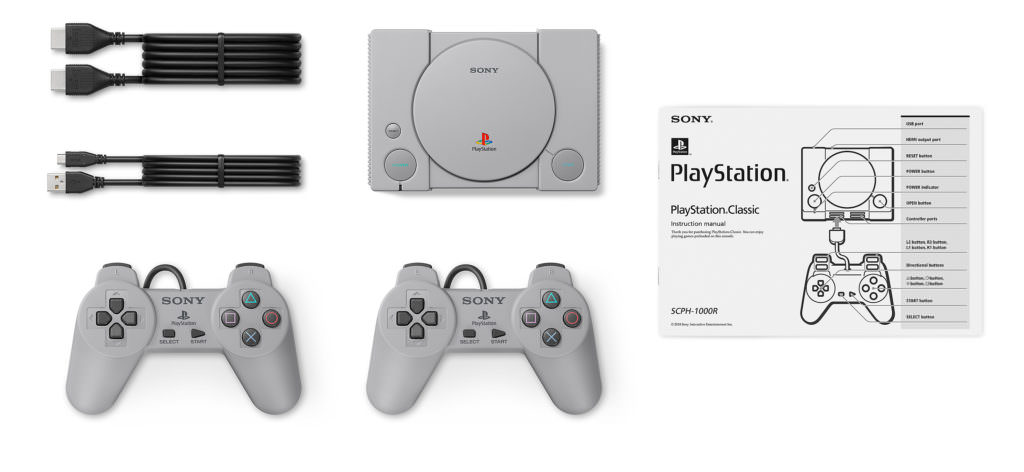
Not a Defining List of Titles…
The line-up has some marquee titles and a hefty dose of nigh-on shovelware. Games like Metal Gear Solid, Final Fantasy VII, Tekken 3, Resident Evil, Twisted Metal and R4: Ridge Racer Type 4 were system sellers in their day. These games will strike a chord with a wide audience of a certain vintage and probably sealed a few pre-orders. Grand Theft Auto is included for its part in video game history as much as its own nostalgic lure.
Games like Destruction Derby, Oddworld: Ade’s Odyssey, Rayman, Revelations: Persona, Syphon Filter and Battle Arena Toshinden will also have a following while not being considered ‘essential’ or ‘PlayStation-defining’.
Even Jeff and Wilma Normie will wonder why any games with a ‘language select’ screen run like a square wheel – the conversion stutter is THAT noticeable
The rest seem like a mix of games that the PlayStation Classic designers felt covered missing genres or were cheap to acquire licenses for. A few might also have been personal favourites or cult heroes of the PS1 library.
Tim Clanky’s Rainbow Six seems like a practical joke. It has no merit for nostalgia trawling – this version of Rainbow Six is practically unplayable by any modern standard and was even a poor port at the time.
It’s also worth pointing out that without some technical know-how, the twenty games is your lot. You can’t add or buy new games despite the use of the term ‘pre-loaded’.
Not Your Buddy, PAL
Nine of the titles are in their glorious 50Hz PAL versions. Not only does this make these games a little choppier and less responsive, it also introduces a periodic 50-to-60Hz conversion stutter. It’s infuriating and very noticeable on every game affected by it. European-types can try switch their TVs to 50Hz mode but that doesn’t seem to change the output refresh rate – as far as I am aware you cannot get rid of the conversion.*
Pixels have aged gracefully and pixel-art has re-emerged as an appreciable art-form; primitive 3D has done neither
Even Jeff and Wilma Normie will wonder why any games with a ‘language select’ screen run like a square wheel – it’s THAT noticeable.
Choosing PAL versions was an obvious measure to streamline the worldwide sales process. Having four-to-six languages on some of the games means they don’t have to make a Spanish-language version or PlayStation Classique to sell. Just change the outer box und verkaufen.

*Well, not without accessing the emulator settings – check out our article here.
Nice Front End, Half-Baked Features
The menu is reminiscent of the earliest PlayStation units’ memory card manager screen. While the vast majority of users are more familiar with a grey background, the mild visual assault of the original menu is the year 1994 crammed into a 512KB BIOS ROM. It’s a nice touch.
For many over 28 years old, the five missing titles leave a gaping hole in something that is supposed to shamelessly mine their nostalgia
Aside from the visual appeal of the menu and icons, it’s quite bare. There aren’t any options to change the display qualities nor are there any extra pieces of artwork or meaty game info.
Each game has exactly one modern save-state and one virtual 15-block memory card. The save-state is usually activated when a player hits reset. This feature sometimes claps out and simply doesn’t save so players will have to avail of the virtual memory card function.
Warped Memories
The 20 games have all aged in different ways and with differing levels of severity. The texture-warping and vertex-popping are here, for better or worse. Mainly worse.
But there is some charm in seeing such ‘digital artifacts‘; they represent the era and its technological state, they are actual artefacts in that sense. As much as the chunky pixels of earlier days, the ‘mild hallucination’ of affine texture-mapping and inadequate vertex precision were part of the experience.
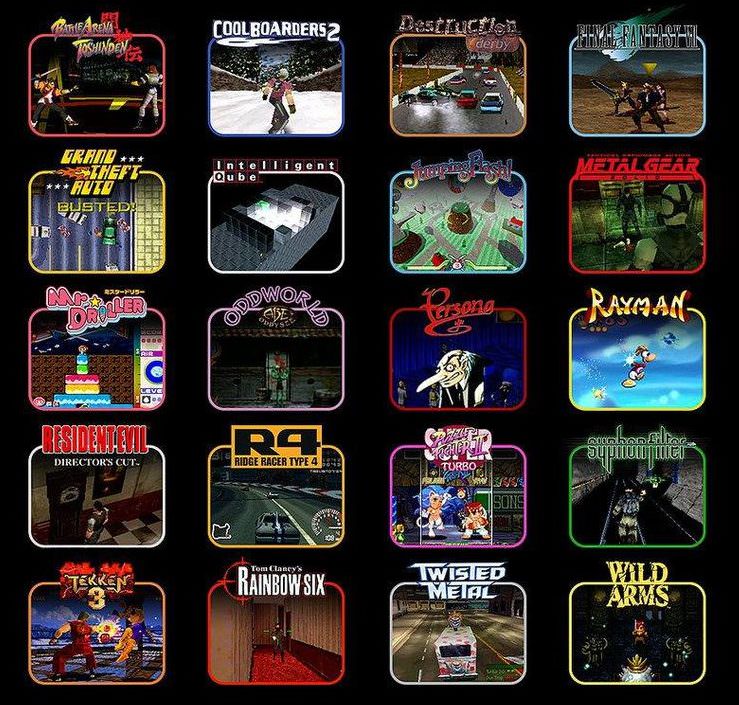
However, pixels have aged gracefully and pixel-art has re-emerged as an appreciable art-form; primitive 3D has done neither. For those untainted by childhood memory, they are just ugly at best, off-putting at worst.
The young, the veteran PC master race and former-Nintendo 64 kids will be blown away by Grand Theft Auto and Tam Klansy’s Rainbow Six‘s unstable, wobbly visuals. Even visual milestones like MGS and RR4 are affected enough to be distracting.
Ruining Your Childhood
A mix of laggy modern televisions, a lack of care in emulation and the 50-60Hz issue hamper the enjoyment. Couple this to the innate problems with early 3D controls on digital controllers and it creates a perfect storm of disappointment. The visual ailments aside, most of the games are hard to play.
The driving games are horrible – efforts at steering in digital without sharp responses are futile. Fighting with lag and periodic stutter is sickening – Tekken 3 comes in PAL flavour, complete with 50Hz goodness and variable input lag.
The sharp reflexes needed for platforming, even the simple chasms and hazards of Abe’s Odyssey, just aren’t here – bear in mind that Abe and Rayman are 60Hz NTSC versions. With one notable exception, each game feels wrong to varying degrees.
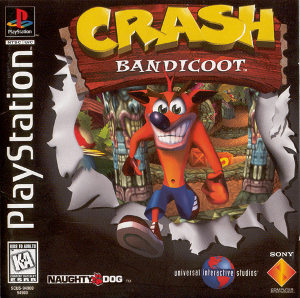
The two worst are Grand Theft Auto and Syphon Filter. GTA chugs along at 17 frames per second and comes with PAL conversion stutter and unholy input lag. The camera zoom and movement may cause motion-sickness with its caffeinated jitter. Similarly, Syphon Filter‘s framerate was always a problem, its ambitious camera-flinging visuals were a test for the original PlayStation. It all falls apart in the weak emulator with laggy, imprecise controls. These two were games I was well-versed with in their respective times but couldn’t make progress with on PlayStation Classic.
The one desirable game that holds up is Metal Gear Solid. Visual issues and a crazy control scheme aside, it was the only game that made me feel 13 years old again. Within a few minutes, I was competent enough to hammer through it and forget the deficiencies – something that did not happen for other action games.
Does it matter that Super Puzzle Fighter II Turbo, Mr. Driller or Intelligent Qube run well enough- who is buying PlayStation Classic for those?
All About the Missing Games
When the PlayStation Classic was first announced, a hefty portion of the nostalgia-infected public had flashbacks to games that aren’t in the final product. The omission of Gran Turismo, Tomb Raider, Castlevania: SotN*, Spyro the Dragon or Crash Bandicoot would have been noteworthy on their own but to have all five missing from a Classic line-up is beyond disappointing.
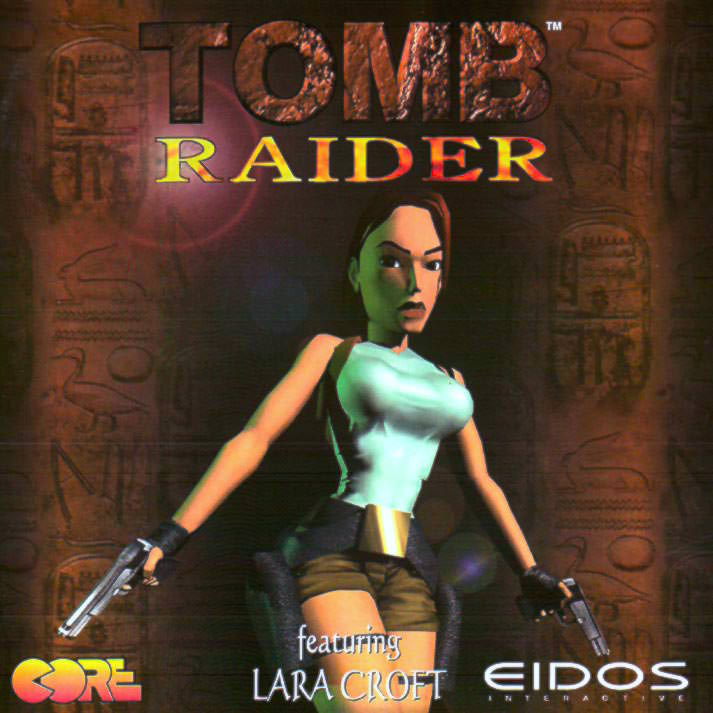
Of course, there are other games whose exclusion individual old people may be crestfallen over. But for practically all of those over 28 years old that I spoke to, the five games mentioned above leave a gaping hole in something that is supposed to shamelessly mine their nostalgia.
Missing Opportunities/Being Greedy
I can understand Gran Turismo‘s extensive range of licensed vehicles are the reason for its absence but for Tomb Raider, Spryo, Castlevania: SotN and Crash, it was just a matter of money. The latter three themselves are available to buy in a remastered state for PlayStation 4 so Sony (and the third-party publishers) stood to make less cash from our childhoods by including them.
Lara Croft’s exclusion is a little more puzzling. It might be that she is still hot property and that fact may have driven her beyond what Sony were willing to pay. There’s a greater chance it ran like a slideshow on the badly-optimised emulator.
*I can understand the argument that the Castlevania series isn’t related to the PlayStation that much as a brand. Symphony of the Night is undoubtedly superb but it’s also worth considering that without the context of the 8 or 16-bit games its significance might be lost.
Price: Console with Two Controllers £89.99/€99.99/$99.99
Publisher: Various
Release Date: 3rd December 2018
Age Rating: PEGI 18+
Review unit provided by Sony
